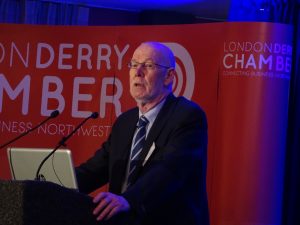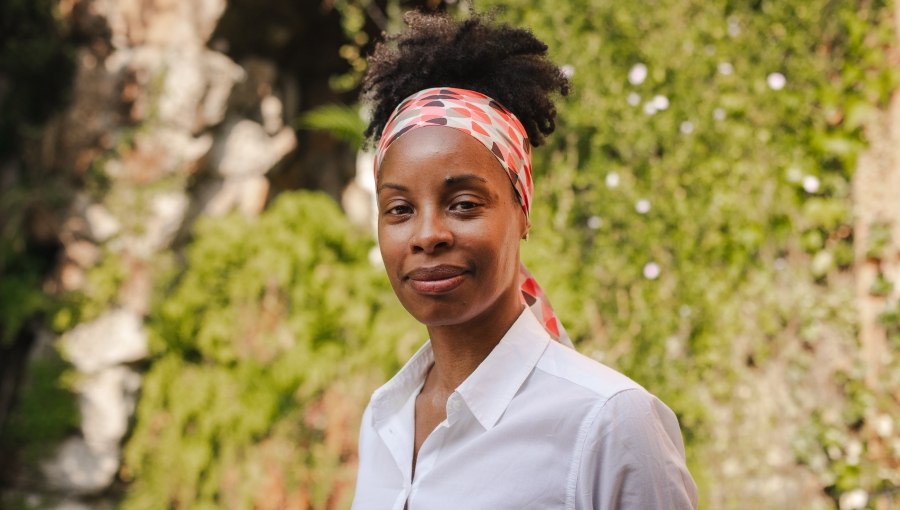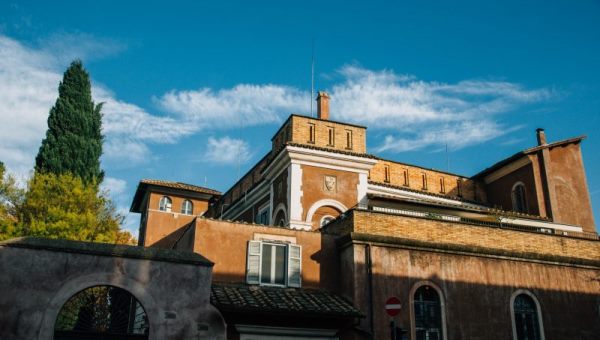"The Diplomatic Challenges of Conflict Resolution" - Daithi O'Ceallaigh
His Excellency Daithi O’Ceallaigh – recently appointed Ireland’s Ambassador to the United Nations at its European headquarters in Geneva – was closely involved in negotiations leading to the Good Friday Agreement of 1998 and, more recently, the moves to see devolved government restored at Stormont. He most recently served as the Irish Ambassador to Britain.
In the Guarini Institute lecture given on October 4, 2007 at John Cabot University, His Excellency O’Ceallaigh gave an explanation on how the Northern Ireland issue, which had been destroying the country, was solved. He started his lecture by reminding everyone of the cause of the collapse of the Roman Empire: internal disputes. The internal disputes were also the causes of the conflicts among the people of Northern Ireland.

Daithi O’Ceallaigh
In particular, the two main issues in this country were religion and land.The religious issue started with the immigrations of Scottish Protestants into Northern Ireland during the 1500’s; the Roman Catholics had been there since the year 900. The Scottish were hard workers, and with time the Anglo-Irish had the power, while the Catholics, which were a majority, suffered discrimination. The land, which according to the Catholics belonged to them, was being populated by the English and Scottish Protestants after the Official Policy of Plantation. The majority part of the population for many years was discriminated against.
In the 1960s the uncomfortable and hard living situation exploded. Many world events influenced the explosion of Northern Ireland; one of the most influential ones was what Martin Luther King had done in the United States. The events related to minority rights around the world led people in Northern Ireland to engage in violence. There was no trust, no beliefs and only blame.
The input to solve the conflict came from Dublin, especially from Nobel Peace Prize John Hume and from the Irish government. Those who that wanted peace wanted a “single island”, while one-fifth of the population, a minority, did not want independence. For many years political parties in Northern Ireland met, and one of the most important results was to have the Irish Unionists to accept the disagreements but to have them cease fire.
Twenty-two years ago the first talks started thanks to the British Joint Secretary, who brought the two governments to start to work things out together and to build trust. It took a lot of persuasion for the British to change the legislation, because the Catholics were having many difficulties not only getting jobs but also expressing themselves. The IRA was never defeated by the British; what they had in Northern Ireland was a constitutional problem.
To solve the issue it took a lot of negotiation. In 1996 the Prime Minister in Dublin, John Bruton, and the Prime Minister in London, Tony Blair, decided to meet to solve the issue once and for all. The tipping point was the influence of Robert Armstrong, a leader of the IRA, who was seeking peace; they also realized that non-violence was better for politics and would reduce fear from the Irish government. It was agreed that legislation and government would represent everyone; they realized that there was a benefit in working together, and most important, the British realized that Irish were not British.
Now all political parties are involved, so this is an example of how problems can be solved; they can be solved if people are willing to solve them and for conflict resolution it takes time, patience and perseverance.





